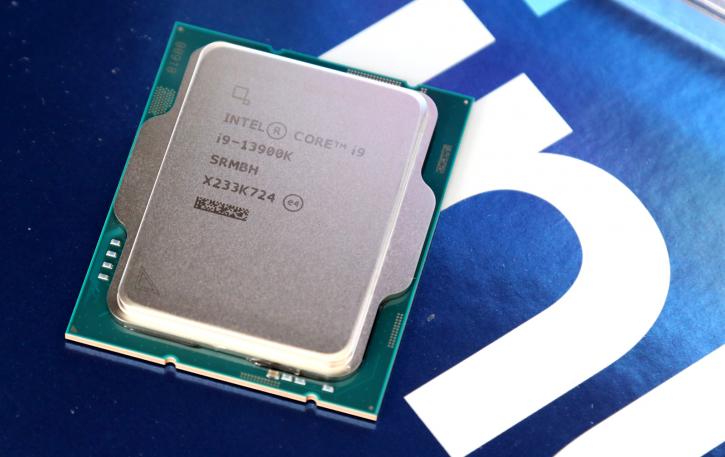Introduction
Intel Core i7 13700K review
Intel's more affordable eight-performance cores and 8 Energy friendly ones
Join us as we review our third Raptor lake processor, the Intel Core i7 13700K - Processor 3.4 GHz (5.4 GHz). We'll compare it to the new AMD Ryzen 7 7700X nd 7900X. The performance cores can boost to 5.4GHz, while the efficiency cores can reach 4.2GHz. Complete DDR4 and DDR5 RAM compatibility is included, allowing you to keep your existing RAM if preferred. A total of 30MB of L3 cache is available, and a TjMax of 100 degrees Celsius allows this K series processor to be overclocked. Last month at Intel Innovation, Intel introduced the 13th generation of its Core processor family, led by the 13th generation Intel Core i9-13900K, announced as their fastest-ever desktop CPU. There are six unlocked 13th-generation Intel Core desktop processors available, with clock speeds running up to 5.8 GHz over a maximum of 24 cores and 32 threads. Intel is releasing the Core i9-13900K, Core i7-13700K, and Core i5-13600K processors. There will also be KF variations of these processors, which lack an integrated GPU but are otherwise identical to their K counterparts. The Core i9-13900K will be Intel's flagship processor. This CPU features a total of 24 cores and 32 threads, comprised of 8 P-cores and 16 E-cores. Intel claims that this CPU's Thermal Velocity boost clock can reach up to 5.8GHz. This processor's base TDP is 125W. The maximum TDP for the top-end products has been slightly increased to 253W. The Core i9-13900K supports a maximum of 241W. There are 24 cores (8P+16E) and 68 MB of combined L2 and L3 cache. This SKU's highest boost frequency is 5.8 GHz, and it will be available with integrated UHD Graphics 770 for $589 or without it for $564.
Raptor Lake processors feature 2MB L2 cache per P-core, while Alder Lake processors have 1.25MB per P-core. The CPUs now have 4MB of L2 cache per E-core cluster, up from 2MB previously. Additionally, the total amount of L3 cache is raised to a maximum of 36MB. Intel claims a 15% improvement in single-threaded performance and a 41% improvement in multi-threaded performance. These enhancements are primarily the result of higher frequency and thread count. The new Z790 high-end platform from Intel features a more significant number of PCIe Gen4 lanes and USB 3.0 Gen 2x2 20 Gbps ports. In this review we'll address the Core 79 13700K; it has eight performance cores (16 threads) and eight Energy friendly cores (no hyperthreaded) offering you 24 threads. The CPU has a TDP of 125W, although the Intel Core i7-13700K may be used for short bursts of time to 253W. That is a lot of power, especially when combined with a high-power GPU like the NVIDIA GeForce RTX 4090. The Intel Core i7-13700K costs $439.99, around $40 more than the AMD Ryzen 7 7700X. However, the performance improvement may be worth the extra 10% cost.


